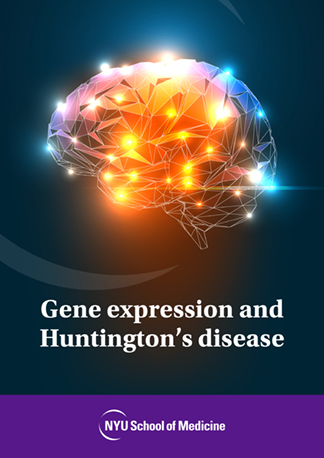Naoko Tanese from New York University explores how monitoring gene expression can be used to treat neurodegenerative disorders such as Huntington’s
A hallmark of many neurodegenerative disorders is the appearance and persistence of aggregates in neuronal cells, as this special e-book concerning monitoring gene expression from the New York University School of Medicine reveals. We learn about the exciting research taking place around Huntington’s disease, a heritable neurodegenerative disease, caused by a mutation in the Huntington gene, HTT.
Naoko Tanese, PhD, is the Associate Dean for Biomedical Sciences and Director at the Sackler Institute of Graduate Biomedical Sciences. She reveals that her lab has studied transcriptional and posttranscriptional gene regulatory processes in mammalian cells, for many years.
As the normal function of HTT and the mechanism by which its mutant counterpart contributes to the pathogenesis of Huntington’s disease remains unclear, Tanese unveils how the New York University School of Medicine began investigating the role of HTT in post-transcriptional gene regulatory pathways. Strikingly, they discovered that HTT could be found near RNA granules present in neurons.
In addition, to understand the cellular processes that HTT is involved in and how they may differ for mutant HTT, the School carried out experimental procedures to isolate normal and mutant HTT protein from cells and tissues, we discover.
Huntington’s Disease
We also find out that further examination of the HTT protein’s association, with its own mRNA, revealed mutant HTT associates with a shorter version of the normal HTT mRNA. The New York University School of Medicine have also uncovered novel roles for normal and mutant Huntington’s disease protein. These novel functions have several implications for the development of Huntington’s disease, we find out.
Elsewhere in the e-book, Jennifer Simpson of the Huntington’s Disease Society of America, highlights the disease and how there is still a long way to go before it can be truly understood. In this insightful article, we learn that since the discovery of the gene that causes Huntington’s disease in 1993, exponential progress has been made in elucidating the true scope of Huntington’s disease. Having said that, Simpson highlights that there is still a long way to go to truly understand the impact of symptoms of Huntington’s disease (HD) families.
I trust you enjoy reading this insightful and thought-provoking e-book.


